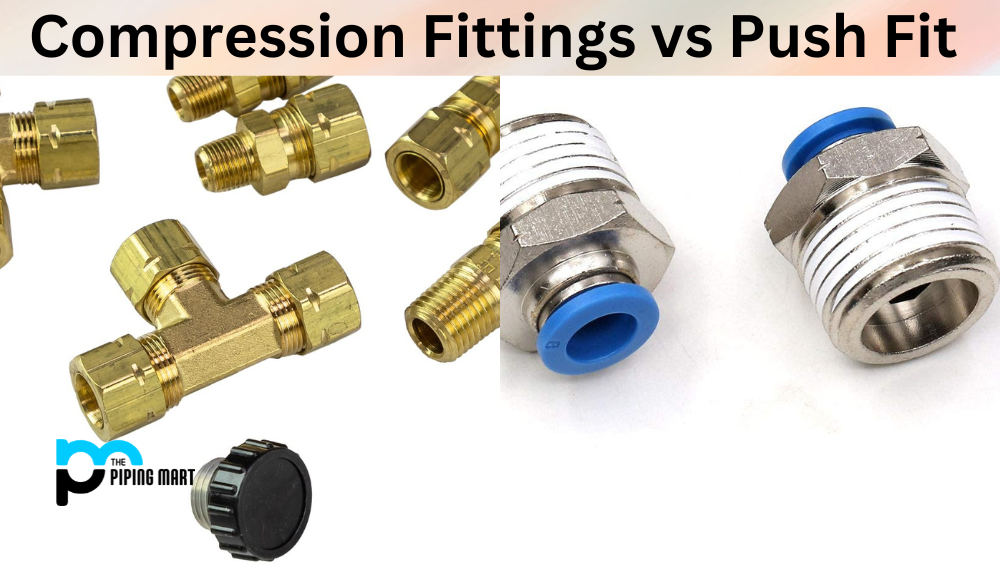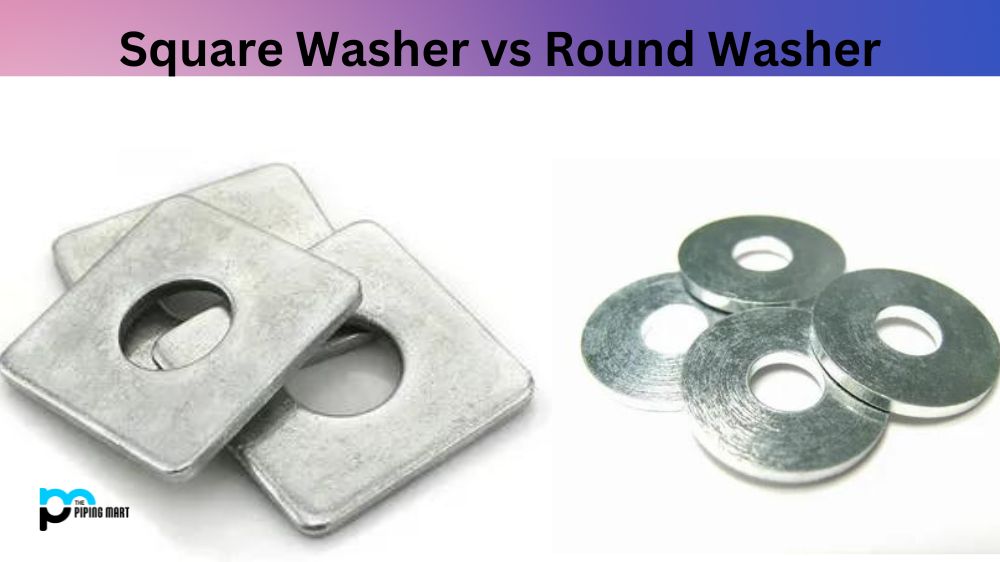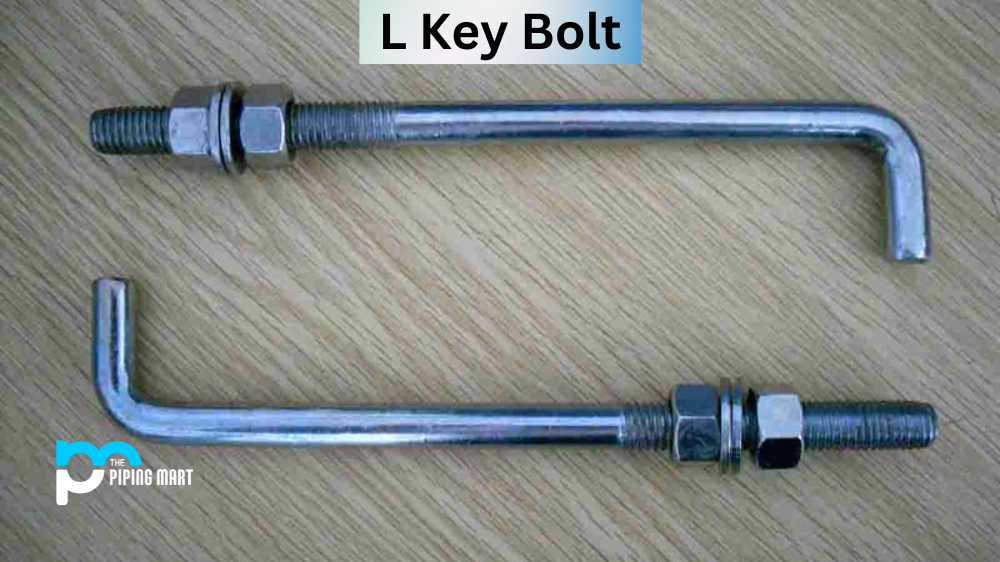Compression fittings and push-fit connections are two of the most common methods for plumbing connections. Both connections seal gaps and holes in pipe systems and hold them together. However, compression fittings and push-fit connections have their unique features and benefits. In this blog post, we’ll look at each type of connection in-depth and compare their strengths and weaknesses to help you decide which is best for your plumbing project.
What is Compression Fittings?
Compression fittings are a type of fitting that is used to connect two pieces of pipe. The fitting consists of a nut and a ferrule that are tightened together to create a seal. Compression fittings are typically brass or copper and can be used with rigid and flexible pipes.
What are Push Fit Fittings?
Push-fit fittings are a type of fitting that is used to connect two pieces of pipe. The fitting consists of an O-ring pushed onto the pipe to create a seal. Push-fit fittings are typically made from plastic or brass and can be used with rigid and flexible pipes.
Difference Between Compression Fittings and Push Fit
Advantages of Compression Fittings
One advantage of compression fittings is that they can be used with various materials, including copper, brass, and plastic. Compression fittings do not require soldering, which can be difficult for some people. Finally, compression fittings create a stronger connection than push-fit fittings and are less likely to leak.
Advantages of Push Fit Fittings
One advantage of push-fit fittings is that they are very easy to install – no soldering is required. Additionally, push-fit fittings can be removed and reused if necessary. Finally, push-fit fittings are less expensive than compression fittings.
Disadvantages of Compression Fittings
One disadvantage of compression fittings is that they can be difficult to install – soldering is required to create a watertight seal. Additionally, compression fittings can be damaged if they are overtightened. Finally, compression fittings are not as widely available as push-fit fittings.
Conclusion
Choosing the right plumbing connection is essential to ensure the safety and efficiency of your pipe system. While compression fittings and push-fit connections have their benefits, the choice ultimately depends on your project’s specific requirements. Whichever option you choose, pick a high-quality product from a reputable supplier, and always follow the manufacturer’s installation instructions to ensure a safe and secure connection.
Meet Heer, a dynamic and driven writer learning tricks of her trade in the metal industry. With a background in Digital Marketing, Heer brings a unique perspective to her writing, sharing valuable insights. Apart from blogging she like reading and hiking.




